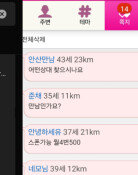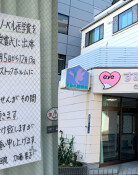Lower income families have higher Inflation burdens
Lower income families have higher Inflation burdens
Posted March. 22, 2022 08:01,
Updated March. 22, 2022 08:01
A research showed that burdens from inflation driven by COVID-19 were concentrated in the lower income bracket.
The Korea Economic Research Institute announced the research results comparing inflation changes by income decile in 2020-2021 with 2018-2019, which is pre COVID-19 period.
The perceived inflation rate based on five income brackets was 2.7% (first income decile), 2.4% (second), 2.2% (third), 2.1% (fourth) and 1.9% (fifth). Lower income decile indicates lower income levels. The results show that the perceived inflation rate of the lower 20% income levels were 1.4 times higher than the top 20% bracket.
The perceived gap comes from relatively higher price inflation of items predominately used by the lower income bracket.
The ratio of food and non-alcohol drinks among expenses of the first income decile in 2020 and 2021 accounted for 22.4%, followed by housing, water, and heating expenses (19.6%), and health care (13.3%). The ratio spent by the fifth income decile were 13.3%, 8.7% and 8%, respectively. The inflation rate of the three items averaged 3.7%, more than five times of the inflation rate for education, travel, food, and accommodation, which stood at 0.7% and took up relatively higher proportion of the fifth income decile.
The research institute assumed that the expense burden of the lower income increased as demand for necessities and health related products surged due to working from home.
Hyung-Seok Seo skytree08@donga.com
Headline News
- South Korea’s migrant population surpasses five percent
- U.S. acting ambassador affirms joint exercises with South Korea
- China and Japan escalate dispute over naval radar incident
- Uptempo claims D3 Seoul basketball championship convincingly
- Democratic Party pushes insurrection court despite opposition warnings







